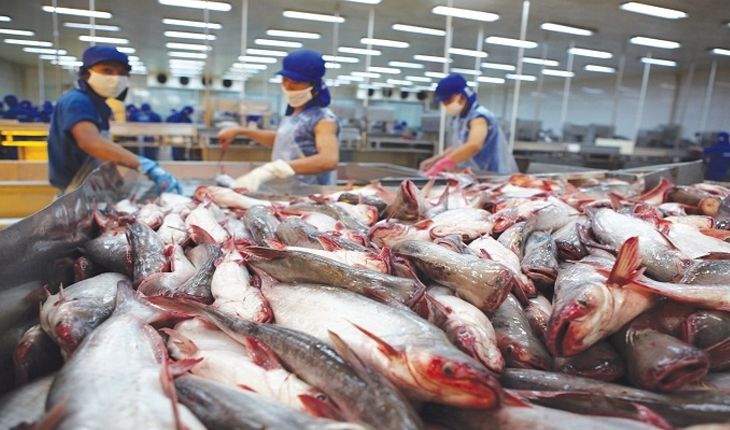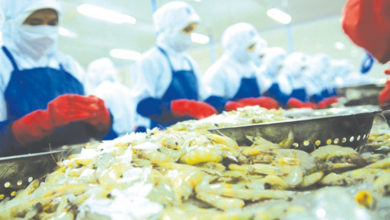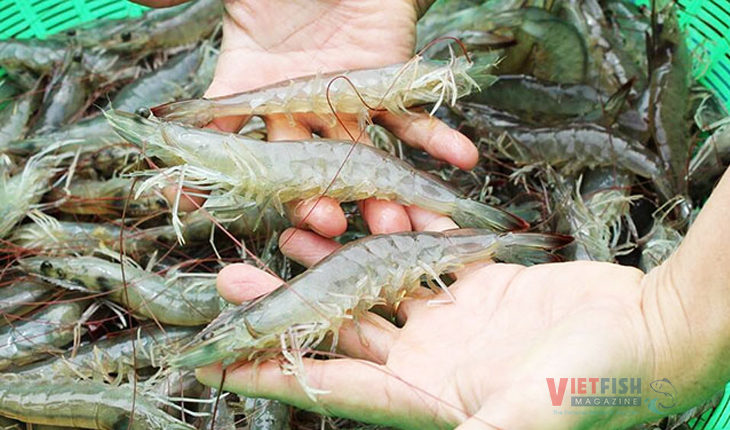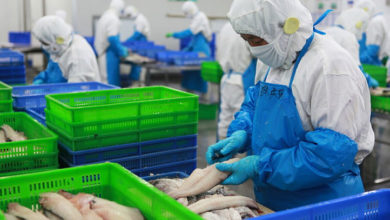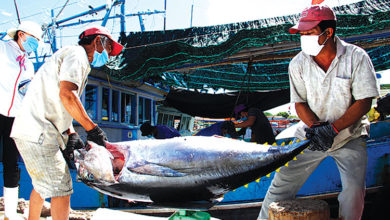Vietnam shrimp exports reach USD 2.5bn in Jan–July as Asia drives growth, US falters under tariff pressure
Vietnam’s shrimp exports rose 24% to USD 2.5 billion in the first seven months of 2025, powered by strong demand from China, CPTPP markets and the EU. But shipments to the US slowed sharply as retaliatory tariffs and looming anti-dumping duties eroded competitiveness.
Asia fuels gains with logistics edge and robust demand
According to the Vietnam Association of Seafood Exporters and Producers (VASEP), China and Hong Kong were the largest buyers, taking in USD 710 million worth of shrimp between January and July, up 78% year-on-year and representing 29% of total exports. July alone saw a 63% increase to USD 115m.
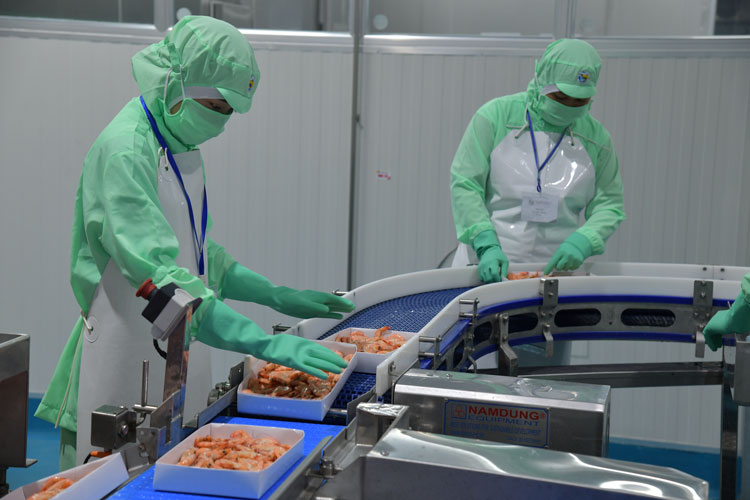
Vietnamese suppliers have benefited from a rebound in Chinese consumption, particularly for premium species like lobster, along with geographic proximity and lower logistics costs compared to rivals Ecuador and India.
CPTPP markets absorbed USD 699 million (+36%), equal to 28% of total shipments. Japan led the bloc with USD 320 million (+15%), though July exports dipped 1.4% on yen weakness. Still, demand for ready-to-eat and value-added products has supported long-term stability.
Exports to South Korea grew 13% to USD 203 million, driven by strong demand in the HORECA sector, while EU sales reached USD 309 million (+17%), helped by tariff breaks under the EVFTA. Germany and France led growth, with July shipments to the bloc rising 21% year-on-year.
US shipments slide amid double trade remedies
Exports to the US reached just USD 63 million in July, down 29%, bringing the seven-month total to USD 404 million, only a 3% increase. A brief import surge in May-June ended once Washington’s 20% retaliatory tariff took effect.
The US Department of Commerce’s preliminary anti-dumping review (POR19), released in June, also signals significantly higher duties for several major Vietnamese exporters. A final decision is due in December and could effectively shut Vietnam out of the market.
Compared with Ecuador (15% tariffs) and Indonesia/Philippines (19%), Vietnam has lost pricing power. Exporters face a dual hit from anti-dumping and countervailing duties, narrowing margins and forcing a rethink of pricing, product mix and target markets.
Strategic shifts: From volume to value
Whiteleg shrimp exports totaled USD 1.6 billion in the first seven months, up 8% and accounting for 63% of total sales. Black tiger shrimp contributed USD 260 million (+5%), while other shrimp products surged 117% to USD 657 million, largely on frozen demand from Asia.
VASEP estimates full-year shrimp exports could reach USD 3.6-3.8bn, provided companies capitalize on growth in Asia, the EU and CPTPP while ramping up value-added sales to Japan. But the outlook for the second half is clouded by US trade barriers and intensifying competition from Ecuador, Indonesia and the Philippines.
Industry analysts stress that Vietnamese exporters must diversify away from the US, scale up value-added processing, and meet stricter traceability and sustainability requirements. Regulatory support from easing certification to maximizing FTA benefits will also be crucial.
“In today’s market, the focus must shift from chasing volumes to building value,” VASEP noted. “Sustainability, quality and product differentiation will be decisive for Vietnam’s shrimp sector to maintain global standing and secure long-term growth.”
VFM


